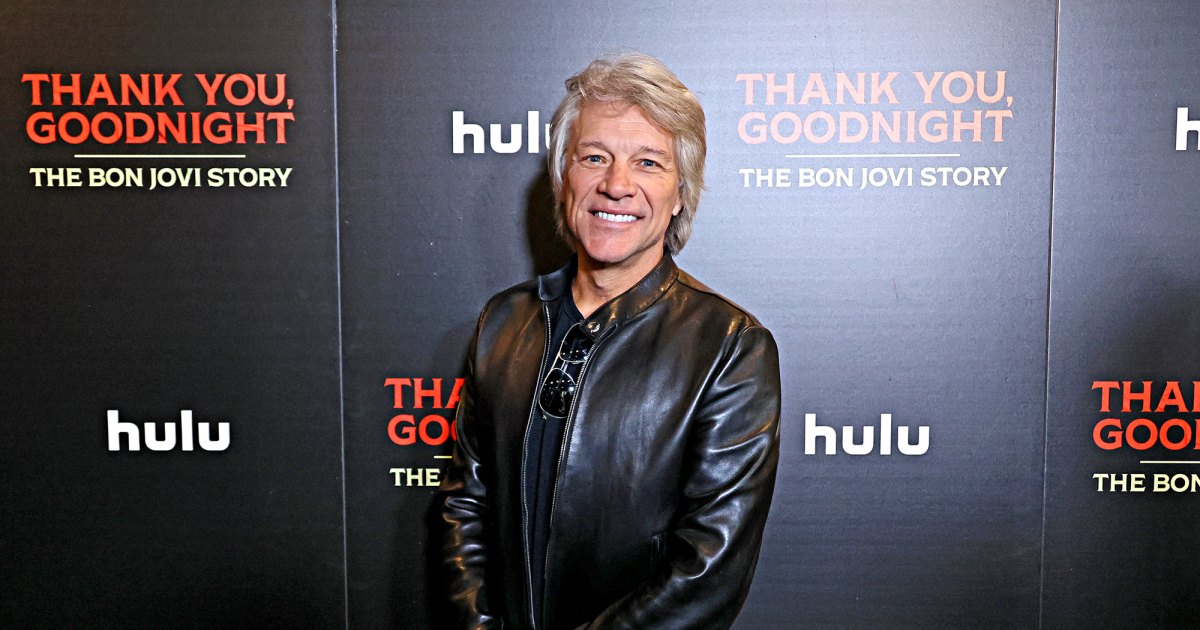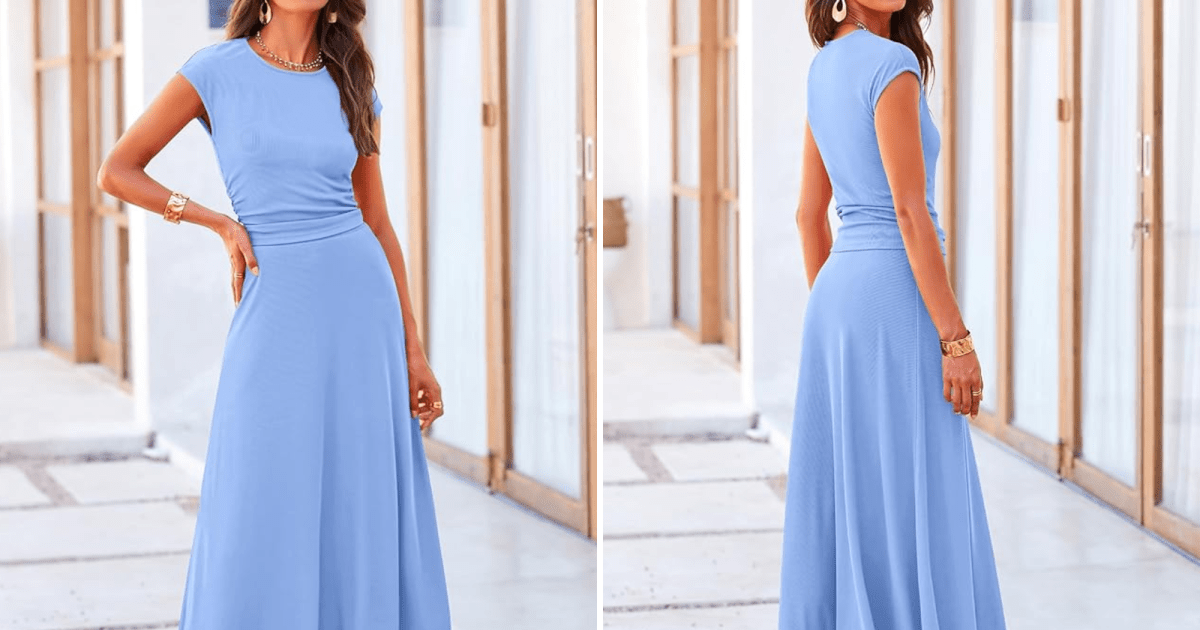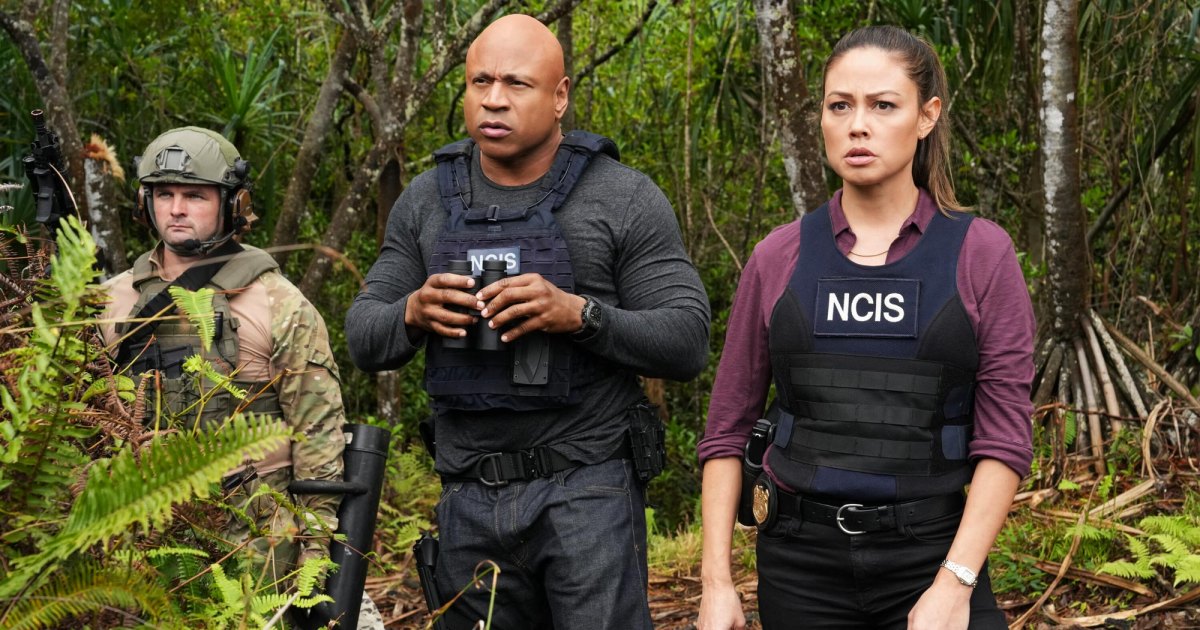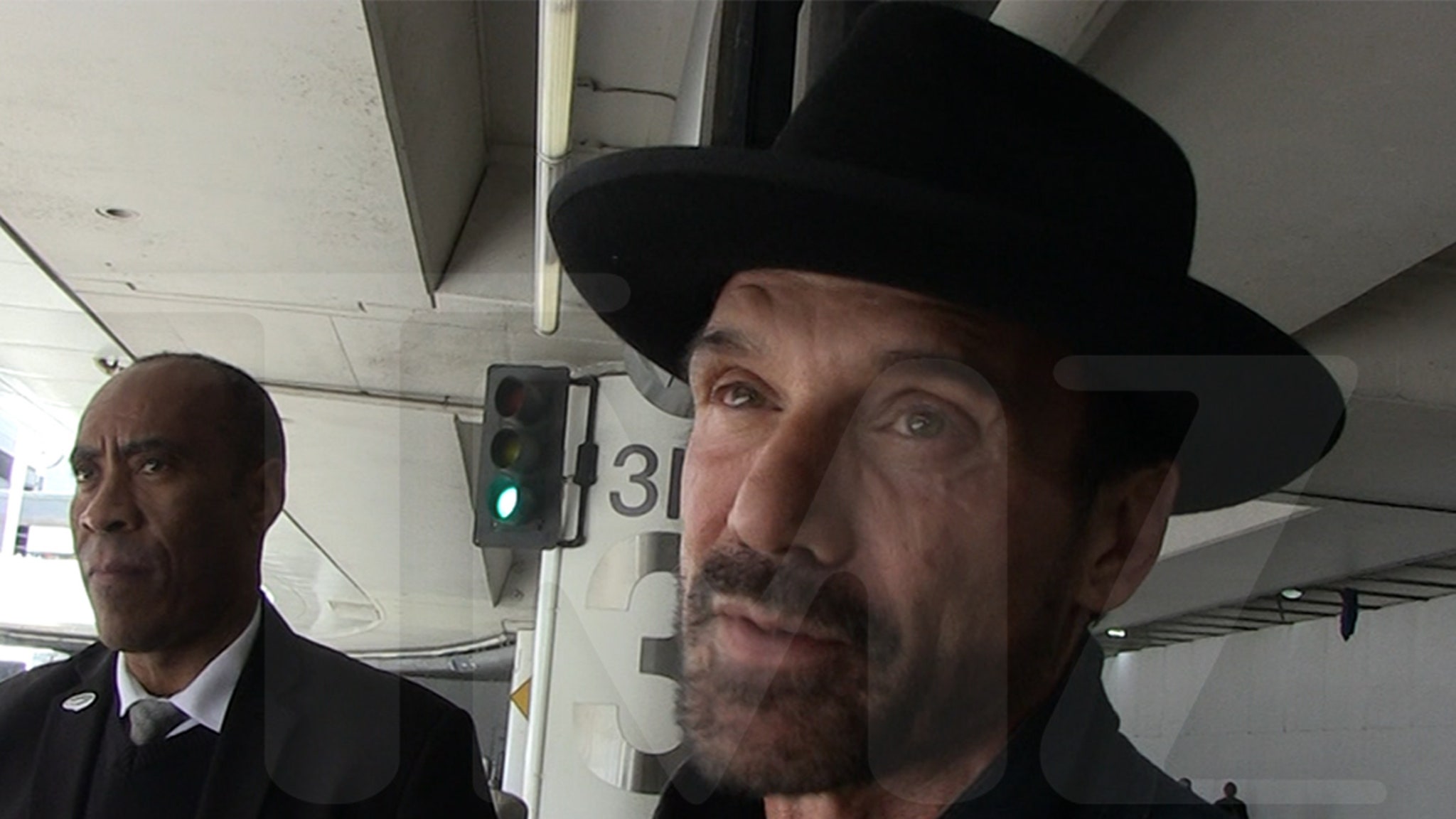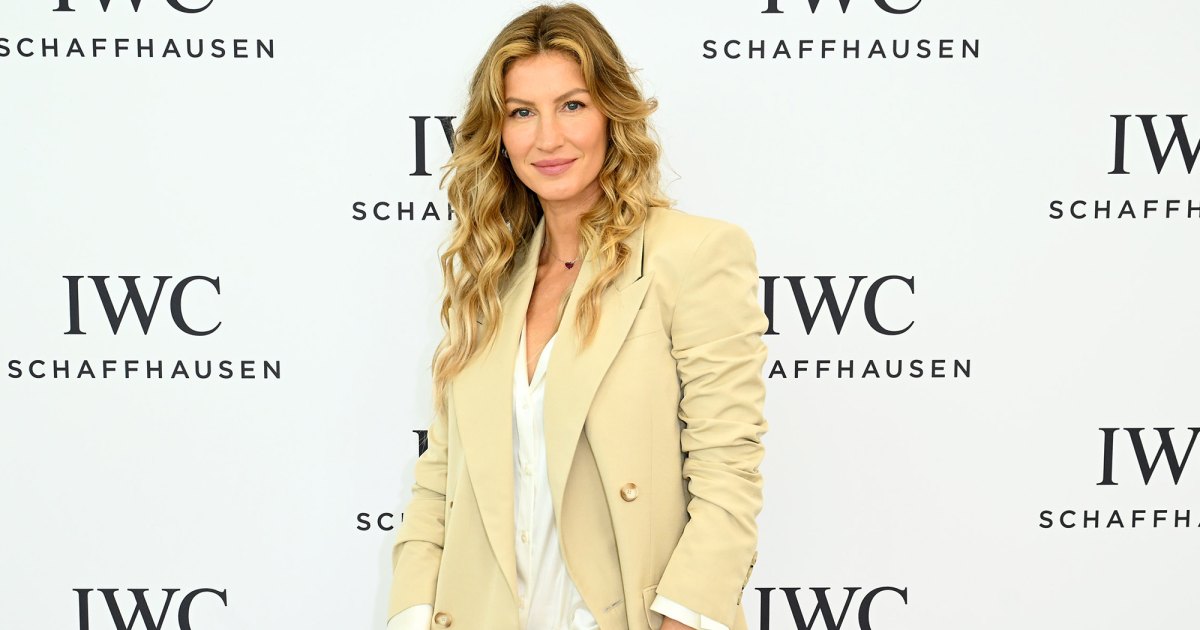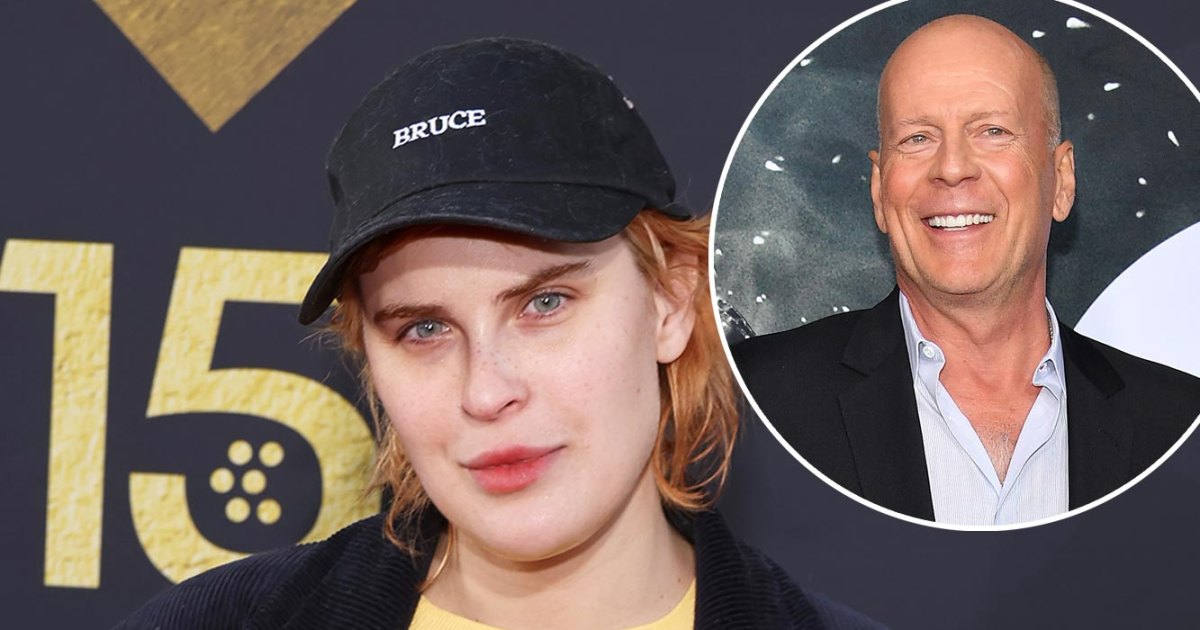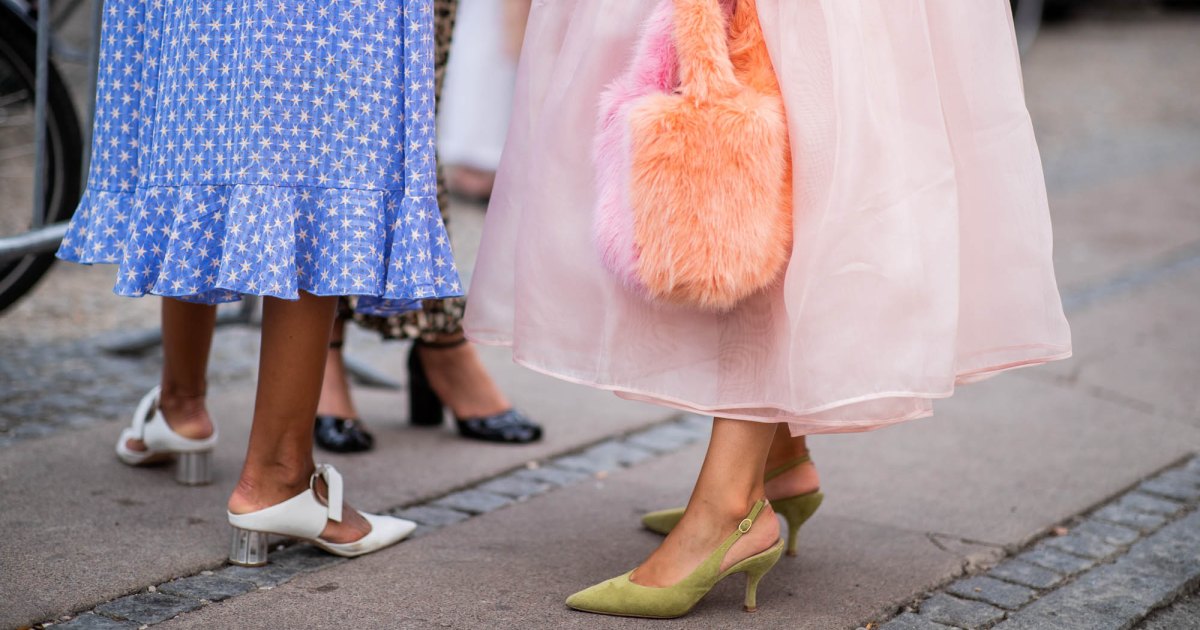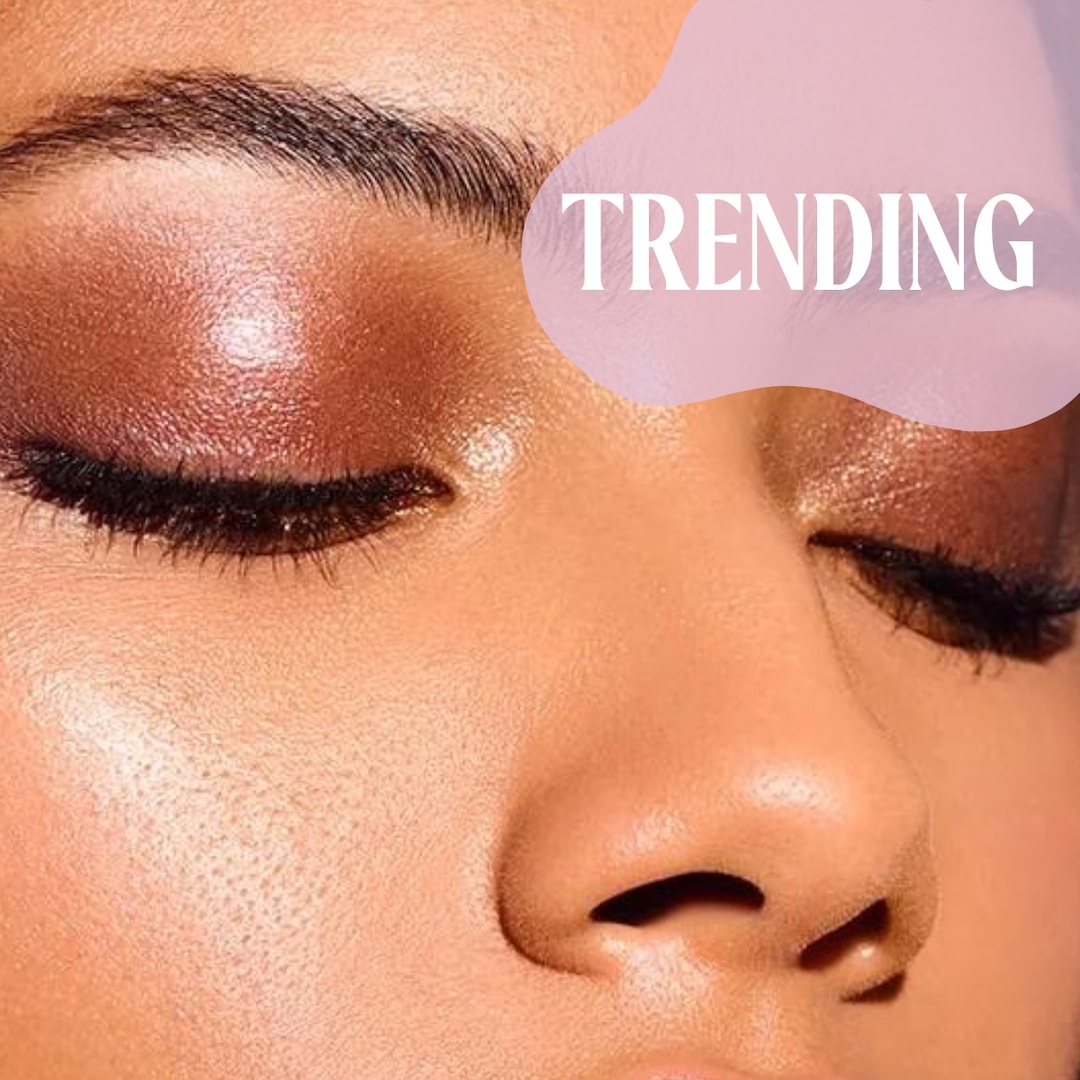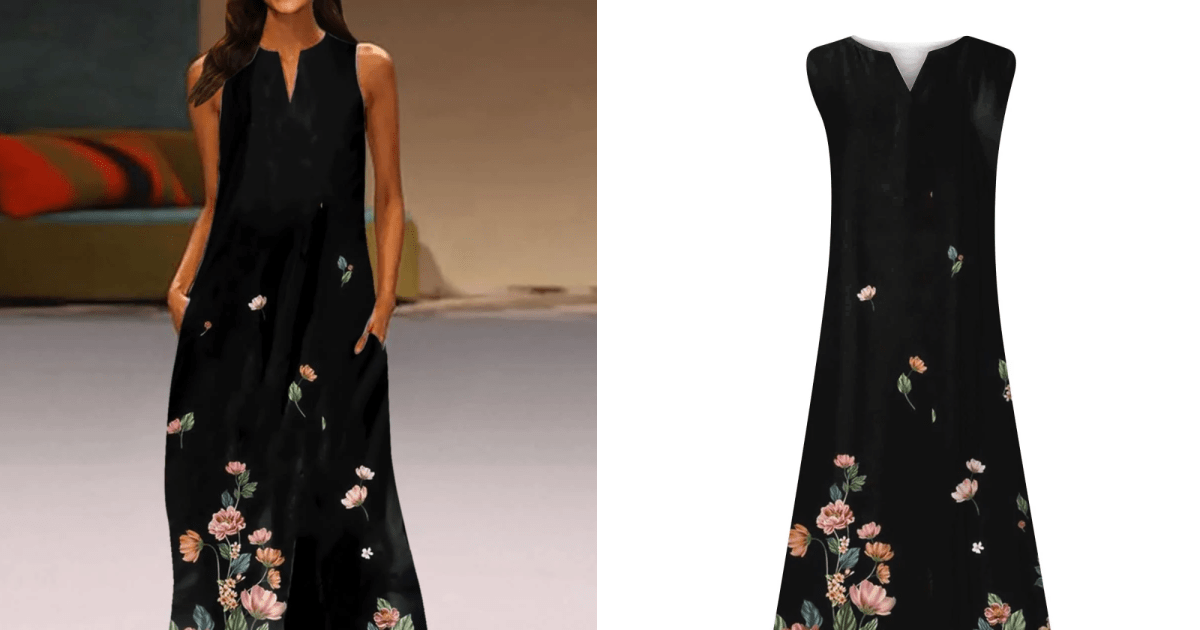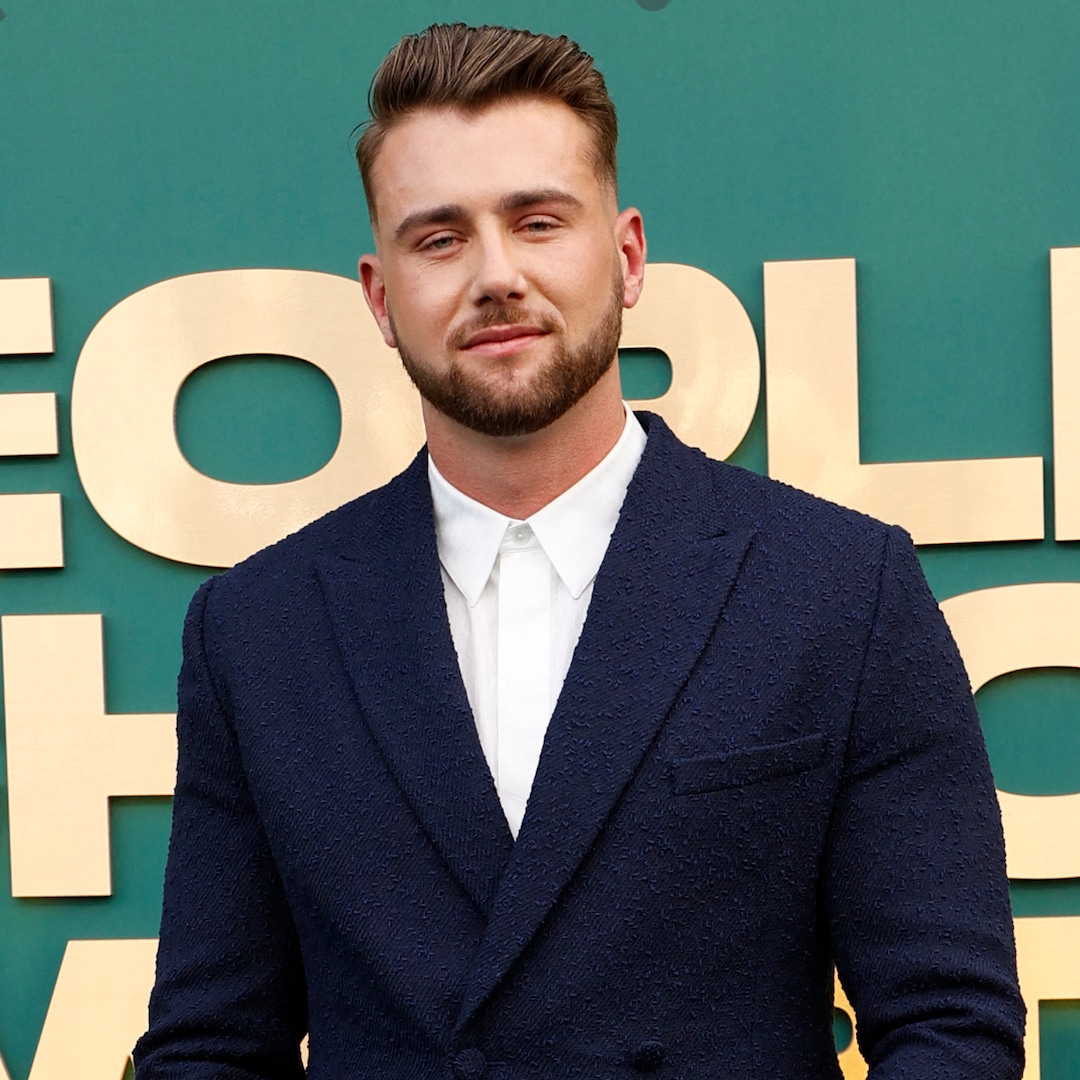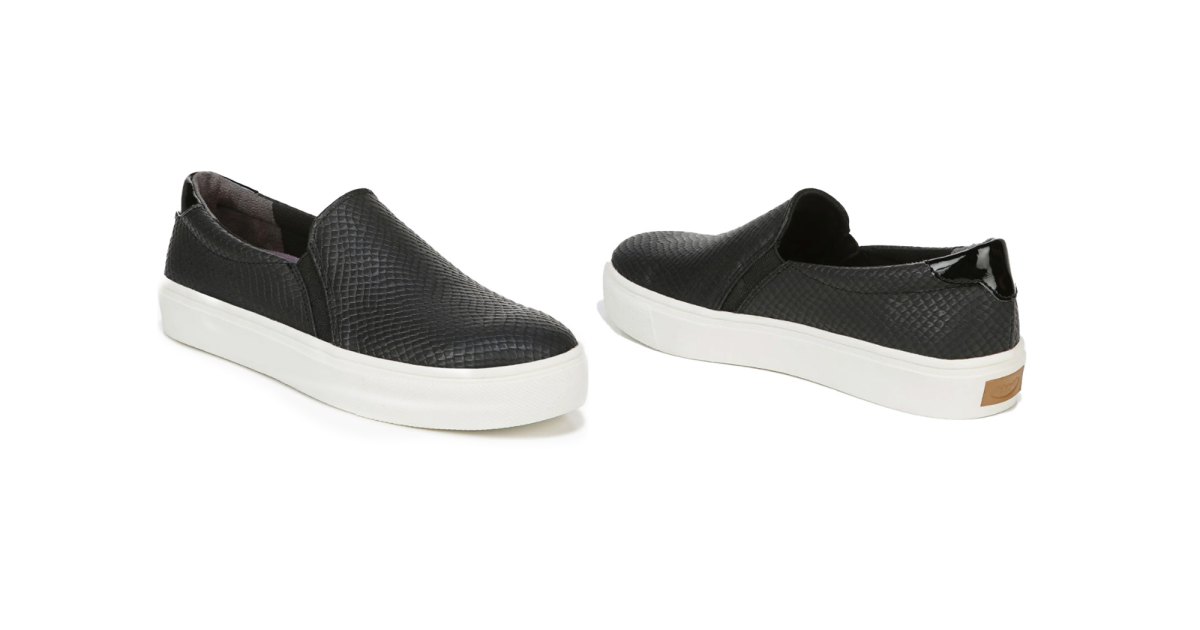Beauty
Is There Something Radical About Painting Flowers?

IN EARLY 2021, Jordan Casteel, the painter known for her tender, exquisitely detailed oil portraits of Black men and other people of color in and around her Harlem community, made two unexpected moves. First, she relocated from New York City to a rural part of the Catskills, a far less populous place where she barely knew anyone. The second move, this one artistic but no less momentous, was that Casteel, 35, began painting pictures of flowers.
The first floral painting she made after arriving upstate was born of a moment of disorientation: Casteel was trying to determine how her practice would work, “being so far from people, and so far from a familiar landscape,” she says. While mulling over this predicament, she was spending hours tending her garden, a pastime that felt as generative to her as her art. At one point, she says, her husband, the photographer David Schulze, asked, “Why don’t you make a painting of the garden?” She resisted: “Nope. Couldn’t do that. Nobody cares about my garden.” But in the end, she painted “Nasturtium” (2021), a stylized rendering of the plant climbing up a wire fence, done in the incandescent, unorthodox colors (here, an almost neon violet and shades of garden greens) that Casteel often employs for human figures.
The following year, with “In Bloom” at Casey Kaplan gallery in New York, Casteel unveiled more florals and plants. There was the show’s titular painting, a wild, verdant evocation of her capacious backyard that, with its characteristic blend of her loose and tight brushstrokes, was as precisely and lovingly evoked as the people in her Alice Neel-esque portraits; and “Daffodil” (2022), pale flowers set in a candy apple red vase on a dark wooden table, done in the cinematic, blue-tinged hues of prestige television (the palette she often uses for the skin of her Black male subjects); and “Field Balm” (2022), a small painting of bare ankles emerging from a pair of celery green Crocs (on which a “Black Lives Matter” pin has been appended) standing on mulchy ground. They’re the artist’s feet as self-portrait, and a wink, perhaps, to the fact that she’s planted herself firmly in this new botanical subject matter. As it turned out, a lot of people, viewers and collectors and critics, did care about her garden.
A few months before the show opened, Casteel appeared in an Interview magazine conversation with EJ Hill, the 38-year-old Los Angeles-based artist whose intensely physical, durational performances explore the racial and gendered ideas viewers hold about the human body. Like Casteel, Hill is known for making identity-focused art — whereas Casteel paints her community, Hill explores his personal experience of being Black and queer — but has recently been creating floral paintings. His first, “Joy Studies,” a collection of small, whimsical works made in acrylic and crayon on wood, were on view (alongside a flamingo pink roller coaster that he designed for museumgoers to ride) in “Brake Run Helix,” his show that ran through last month at Mass MoCA. Hovering between realism and abstraction, these pieces, with their pink roses, puffy clouds and old-school amusement park rides drawn in rough, crosshatched lines, telegraph an almost childlike delight. Hill’s next group of flower paintings — soft, sprightly renderings made during the height of the pandemic and shown at Oxy Arts in Los Angeles in 2022 — portray roses, daisies and daffodils in saturated pastel hues, their simple floral motifs an apparent nod to Henri Matisse, who, in his 1947 book, “Jazz,” writes, “There are always flowers for those who want to see them.”
“If I’m painting flowers, people have a really difficult time with it unless I’m there to explain,” Hill told Casteel in Interview, expressing, in one sentence, the public’s assumptions about Black artists and the kind of art they make, as well as his frustration with how reductive those expectations can be. “I was sad and tired, so I decided to buy myself flowers,” reads the press release for his Oxy Arts show — a seeming allusion to the famous first line of Virginia Woolf’s “Mrs. Dalloway” (1925). “I just hope that someone will stand still and stay quiet long enough to listen to what the work has to say for itself,” Hill tells me. “It’s possible I’m being too romantic about it all, but I think my job as an artist is simply to make works that reflect the time in which I live.”
Are floral paintings somehow reflective of our time? Until recently, it might have seemed that figurative paintings — and portraits specifically — were the definitive works of our era, a moment focused on identity, the body and the perceptions and experiences inherent in either. One might even argue that still-life painting, in which flowers have always played a crucial cameo role, had once again quietly, if not explicitly, been relegated to the lesser, more decorative status it had occupied before the French Realists and Impressionists came along and upended old hierarchies in the 19th century. (“You know, pretty girls, flowers, you can’t be serious,” the 96-year-old painter Alex Katz has said, echoing this sentiment.) There are, of course, contemporary artists like Katz, Dike Blair and Ann Craven, who have long painted flowers as part of their larger oeuvre. But in the past few years the Western art world has seen a re-emergence of natural imagery and a preference for the pastoral from painters best known for paintings of friends, spouses, loved ones and neighbors, for pictures of celebrities, for self-portraits — for evocations of the human form in all its incarnations.
Take Kerry James Marshall, the 68-year-old Chicago-based artist who’s celebrated for inserting the Black figure into the Western art canon starting in the early ’90s, and who is widely considered one of the most important painters living today. Since 2020, he’s been making paintings of birds amid colorful tumbles of flowers as part of an ongoing series, “Black and Part Black Birds in America,” in which he reimagines John James Audubon’s 19th-century “Birds of America” watercolors. Flowers have always had a place in Marshall’s iconography, but here he forgoes the human figure completely in favor of flora and avian fauna. In the seven paintings in this series, black birds and birds with some black on them — an oblique reference to segregationists’ one-drop rule of Blackness — bear an obvious metaphorical weight as they swoop among bright florals.
There’s also Doron Langberg, 38, who paints luminous, lyrical evocations of friends and lovers. At Victoria Miro gallery in Venice, he’s currently showing a group of grassy florals conjured with his usual swift, sensual marks, but in an earthier palette than his customary magenta, ultramarine and blood orange. Vanessa Prager, 39, who until 2022 was making pastel oil paintings of faces and figures that explored her selfhood as a woman and recalled the Pointillism of Georges Seurat, emerged in early 2023 with “Portraits” at Diane Rosenstein Gallery in Los Angeles: a series of anthropomorphic flower heads that gesture toward the Italian Mannerist Giuseppe Arcimboldo. (A new show of her colorful, exuberant blooms, “Winter Flowers,” is at the Hole in New York until early March.) Daniel Gibson, 46, the Los Angeles-based artist whose childhood along the California-Mexico border informs his fantastical imagery, also has a show of floral dreamscapes, “Big Sky,” at Almine Rech in TriBeCa until early March. Numerous other contemporary artists in their 30s and 40s are creating floral work, as well, Awol Erizku, Louis Fratino, Dalton Gata, Jenna Gribbon, Sam McKinniss and Wardell Milan among them.
Many of these artists have made their identities the focus of their work, by painting themselves — as queer artists or artists of color or women — into the canon. What does it mean, now, for them to turn toward plants and flowers? Is this a rebellion, a resistance to making what the public, critics and collectors expect to see? Do flowers offer a reprieve from the rigors and responsibilities of representational art, from putting the figures and faces of their communities up for consumption? Or are flowers, which have long been deployed as political symbols (think of the sunflowers adopted by American suffragists in 1867 or the red rose associated with socialism since at least the 1880s) more subversive than they appear?
WHEN CASTEEL AND I meet via Zoom in early winter, she has a new show, “Recent Landscapes,” up at Casey Kaplan gallery: seven small, intimate paintings executed en plein air in her yard. The palette is light and fresh — yellow zinnias set against a green backdrop; purple pansies on a swath of punk electric pink — and the pieces feel playful, brisk and immediate. Casteel says that the move to the country was about “self-preservation and seeking a certain peacefulness and space,” and that she has found both in her garden. Behind her, in the windowsill, I see a collection of small potted plants and, peering through a half-pulled shade, a sliver of that brown earth from “Field Balm.” “The paintings that you saw came explicitly from my garden, where I had cultivated all those flowers,” she says. The delicate specificity of each is such that you can sense the personality of the flowers: pensive sunflowers on a dreary, rainy day; an innocent, angelic pink dahlia; a pair of sexy scarlet nasturtium blooms.
While some might call this foray into plants a departure from her usual practice, Casteel says her florals represent a continuation of her prior work. She has, for instance, previously painted still lifes: There’s “Memorial” (2017), in which a spray of beribboned funeral flowers sits atop a trash can on a street corner in Harlem. All of her art feels observational at its core, an act of noticing who or what often doesn’t get seen. Casteel has always painted her subjects’ surroundings — pictures hanging on a bedroom wall, a floral-patterned couch, a terra-cotta tile floor — with as much detail and solicitude as she has lavished on their figures. “I was often drawn to people by the way that they sat in their environments,” she says. Now, the environment she’s painting is quite literally her own: “Nasturtium,” she tells me, “felt like the most honest self-portrait” she’s ever done.
The Cuban-born, Puerto Rico-based painter Dalton Gata, 46, agrees that flora and fauna can be deeply personal. “As an immigrant, sometimes flowers, fruits, food are all easy things that make us remember where we come from: our colors, our flavors, our smells,” he says. Gata, who in 2022 painted a series of unsettling figurative portraits that emphasize the alienation of passport photos, has recently been making lush, Surrealistic acrylic paintings of colorful potted florals, which he calls “as human, alive and diverse as any other character I paint.” These works — one of which, “Jardín Para Margarita” (2023), will be shown at the Modern Art Museum of Fort Worth later this month — are all heavily inspired by his Caribbean background: “My plants are the gardens of our mothers, our aunts, our grandmothers, our neighbors; they’re our parks, our balconies, our beaches, our jungles; they’re us,” he says.
And yet, as personal as flowers can be for the artist who paints them, and as much meaning as they hold for a particular place or a culture, they’re obviously not people. “That’s one of the nice things about painting a flower,” says Jenna Gribbon, 45, who’s celebrated for her explicitly queer female portraits and whose next solo show opens at Los Angeles’s David Kordansky Gallery in September. “No one is concerned with the agency or objectification of a flower, or with perpetuating unrealistic beauty standards in a flower.” Gribbon’s 2023 solo show, “A Domestic Cast,” at Massimo De Carlo gallery in Hong Kong, featured, among her unflinchingly intimate large-scale portraits of her wife, the musician Mackenzie Scott; Gribbon’s 13-year-old son, Silas; and the artist herself, three moody paintings of flowers in vases set on tables in their Brooklyn home. All were executed alla prima (a technique also known as wet on wet, where paint is applied to the canvas in a single sitting) in her sensuous, dreamily lit, nouveau Impressionistic style. “It’s nice to freely indulge in the beauty of the thing, which is a lot more complicated when you’re painting people,” Gribbon says. “A lot of us make work that gets sort of bogged down in identity politics, and it can be a respite from that.”
Casteel believes that we are seeing a strategic move away from portraiture: “There are many of us who came up at a heightened moment of Black figuration, pushing against those bounds.” The relentless focus on the figure, she explains, is too limiting to encompass the expansiveness of her practice and those of her peers. “We’re thinking about composition. We’re thinking about color and light and form and telling a story,” she says. “That often gets overlooked.”
Daniel Gibson, whose riotously colorful paintings are populated by anthropomorphized flowers of the imagination, has thought a lot about the ethics of portraying a real person in a work of art, particularly when one is painting marginalized people. The Mexican American artist, who grew up in Plaster City, Calif., where his father worked in the local gypsum plant, and in the nearby town of El Centro, remembers watching immigrants cross the Mexican border, just as his own parents had. “I knew where they would hide,” he says. “I also knew they never wanted their faces shown.” In his elemental, almost mystical paintings, flowers often stand in for human beings and appear alongside other symbolic imagery like butterflies, clouds and mountains in the desert landscape of his childhood. Gibson says that when he “started to want to talk about people crossing and the struggles they went through,” portraiture seemed too exploitative. “I didn’t feel right selling a painting to hang on a rich person’s wall. It just felt way too weird. But I needed to tell a story, so I turned them into flowers.”
SO MANY ARTISTS have painted flowers that one could write an alternative history of art by studying these pictures: Claude Monet’s ethereal, sun-dappled water lilies floating on the light-reflecting pond at his home and studio in Giverny, France; Vincent van Gogh’s thick, tactile impasto sunflowers and irises — representations of the artist’s turbulent emotions — and Georgia O’Keeffe’s magnified, tumescent, suggestive blooms. More recently, the 39-year-old New York-based painter Jennifer Packer has reinvented the still life as funerary bouquet — several artists I spoke with cited her as an influence. In these pieces, a delicate, melancholy beauty, rendered with a poetic calibration of fluidity and exactitude, is often used to mourn the loss of Black life.
“I feel like anyone who makes a floral painting today is already in dialogue with the painters of the past, whether intended or not,” Hill says. “I want to be part of art history; I want to be in the soup,” Gibson tells me. Gribbon cites as a reference “The Last Flowers of Manet,” an elegant book about the 16 small floral paintings that Édouard Manet made in the winter of 1880, three years before he died. You can see the influence of Manet on Gribbon’s floral works — in the silvery reflections off the glass vases, and in the softness of the brushstrokes that conjure the velvety petals, as short-lived as any tender moment of domesticity.
Temporality, mortality, the fragility of beauty and life: These are the great themes of art and literature, and they’re all embodied in the life span of a flower. Perhaps for these reasons, floral imagery has “preoccupied queer artists for a long time,” Langberg says. Ross Bleckner, Joe Brainard, Felix Gonzalez-Torres, Keith Haring, David Hockney, Jim Hodges, Robert Mapplethorpe and Andy Warhol all explored the symbolic and aesthetic possibilities of flowers, a lineage that Langberg thinks about often when making his own work. In many of his paintings, he depicts the landscape of New York’s Fire Island — where he sketches outdoors in the Meat Rack, a gay cruising area that’s also a natural expanse of sand dunes, brambly shrubs and fairy-tale trees — and “random patches of grass or dried-up sunflowers” in Yokneam Moshava, the town in Israel where he grew up. Flowers offer “an opportunity to really indulge in a subject that’s already so indulgent,” he says. “To me, that kind of indulgence in pleasure and beauty is the queerness of those paintings.”
While younger artists like Langberg see in flowers an affirmation of life’s possibilities, an older generation saw the ephemerality of existence. Indeed, the last time flower paintings had a moment akin to the current one was arguably in the ’80s and early ’90s, against the backdrop of the AIDS epidemic. In Bleckner’s haunting, spectral, scraped-away paintings of that era, flowers function as metaphors for death, often resembling blood cells under a microscope; likewise, in the series of five bold Pop-graffiti floral prints that Haring made months before he died in 1990 of complications from the disease. Such works recall the vanitas and memento mori paintings of the 17th-century Dutch and Flemish masters, in which flowers denote the fleetingness of life and the folly of material desire.
For some artists, the decision to paint flowers is simply about tapping into their dazzling allure: seductive colors, fleshy textures, shapely forms. Prager, who lives in Glendale, Calif., says that in 2022, with two small boys and a third baby on the way, she was “still in shock about the world,” waiting for it to return to its prepandemic state, when she had an epiphany: “I knew that the world was different, and it was going to be that way and I was just going to do my part, basically, to make it beautiful.” Her whimsical floral busts, which she renders in her signature sculptural impasto technique and vibrant Southern California palette of bougainvillea magentas, jacaranda purples and palm frond greens, are her attempt to share a hopeful vision for the future: “To me, this was the most obvious way to do it: with the sheer beauty and joy that flowers hold so universally.”
“Beauty,” as the American critic Dave Hickey once wrote, “is and always will be blue skies and open highway.” Whether we want to admit it or not, it’s a powerful, exhilarating, galvanizing, transformative force. It could even be said that flowers, with all their in-your-face glamour, are in fact slyly radical. Sam McKinniss, 39, who paints uncannily realistic works of iconic cultural images — Prince seated on his “Purple Rain”-era motorcycle; Joan Didion with her spooky oversize sunglasses — has, since 2010, also been making “copies,” to use his word, of floral still lifes by the 19th-century French painter Henri Fantin-Latour. McKinniss, who divides his time between New York City and Litchfield County, Conn., tells me that one reason he started painting Fantin-Latour’s flowers was “to assert style as a political tool.” Then he shares an anecdote: Some years ago, he and a friend went to a group show at a Lower East Side gallery, where there were “paintings of flowers done in a kind of hyperpop, ultramannered way — like big, flashy paintings of flowers,” he recalls. McKinniss thought they looked pretty good, but his friend, who, as McKinniss puts it, “fancied himself an intellectual,” said, “Yeah, but they don’t do anything.’” McKinniss pauses for effect. “And I thought, ‘What did you expect them to do?’ It’s a painting. It’s just there on the wall looking great. What else does it need to do?”

